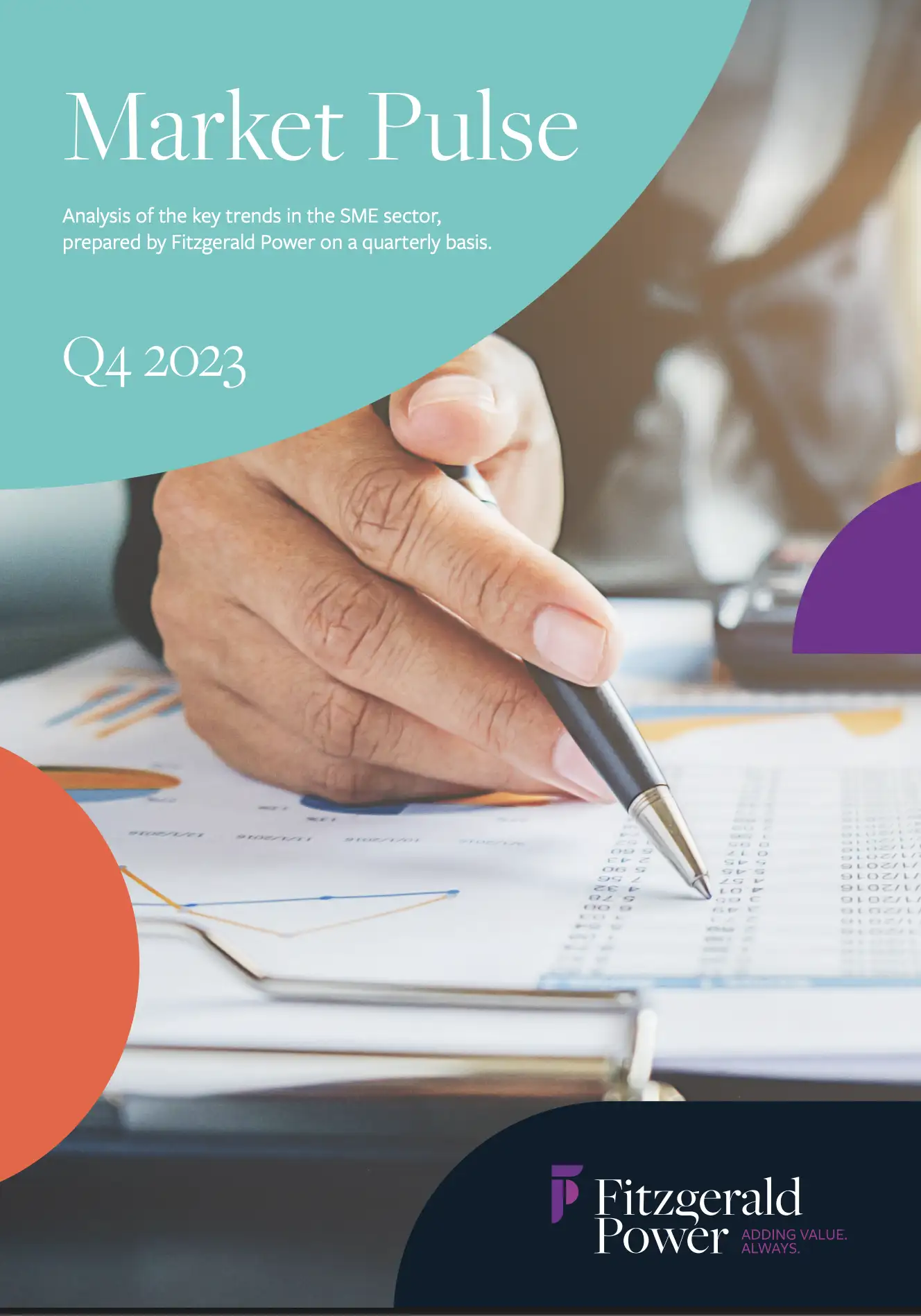Summary Q1 2025
Irish Economy
The Central Bank Quarterly Bulletin for Q1 2025 states that Ireland’s economy grew 2.7% in 2024, with broad-based gains in consumer spending, investment, and exports. Retail sales rebounded late in the year, but labour demand plateaued, and inflation rose, led by services and energy costs. Modified Domestic Demand expanded 1.3% year- on-year in Q4, with government spending also supporting growth. The domestically focused sectors grew 2.1%,
while MNE-dominated sectors contracted slightly by 0.9%. Early 2025 indicators show a slowdown, as retail sales and traditional sector output weakened, though employment remained strong.
Global Economy
The global economy entered 2025 on solid ground, supported by easing inflation and resilient US growth. However, risks from policy uncertainty and geopolitical tensions remain high, requiring business adaptability. Euromonitor International’s Q1 2025 baseline forecast predicts global GDP growth at 3.2% in 2025 and 2026, with inflation expected to fall to 4.1% in 2025.
Labour Market
According to the latest Central Bank quarterly report, employment growth is expected to slow but labour market conditions will remain tight. After strong gains since 2021, growth is forecast at 2.2% in 2025 and 1.9% by 2027, down from 3.4% in 2023. This trend reflects steady projected growth in overall economic activity through 2027.
Inflation
Eurostat figures state that the euro area annual inflation rate was 2.2% in March 2025, down from 2.3% in February. A year earlier, the rate was 2.4%. European Union annual inflation was 2.5% in March 2025, down from 2.7% in February. A year earlier, the rate was 2.6%. The primary drivers of inflation were services, food and alcohol, and energy.
Irish GDP
Irish GDP grew by 13% in Q1 2025 compared to the same period last year, according to data released this morning
by the Central Statistics Office. This sharp increase is most likely driven by a surge in pharmaceutical production as firms moved to mitigate the impact of impending US tariffs. The data reflects how external trade dynamics continue to significantly shape Ireland’s economic performance.





